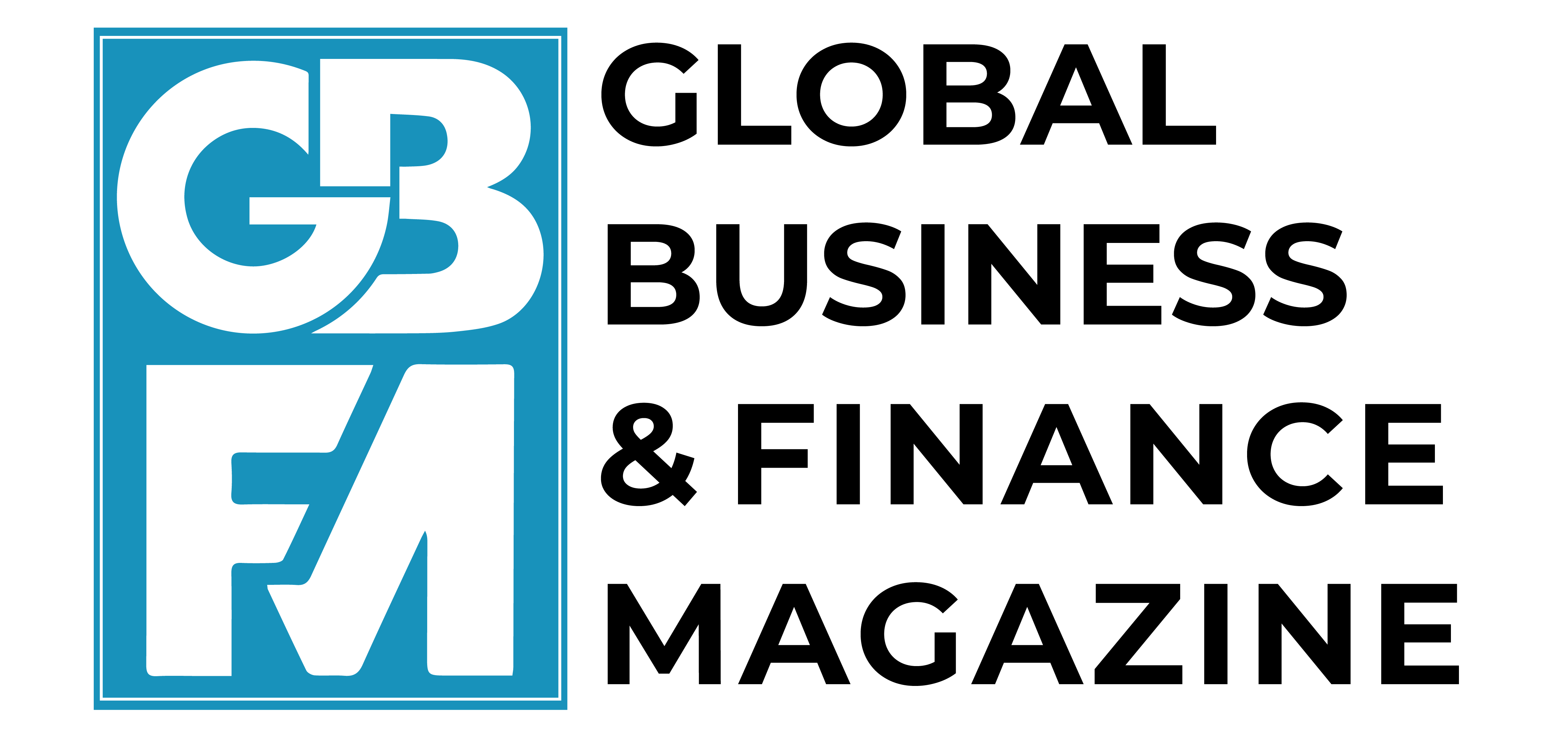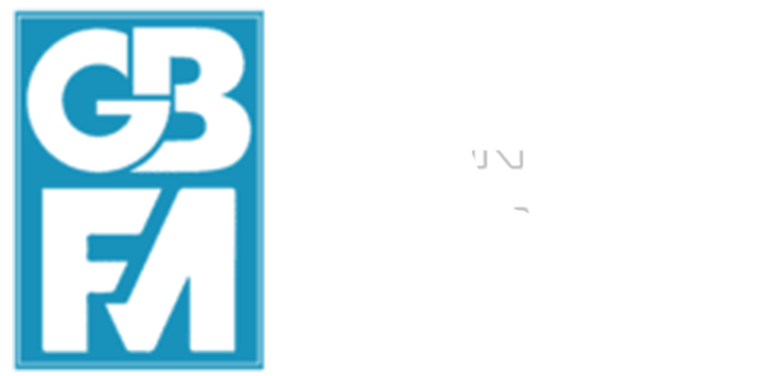Hidden growth in US manufacturing productivity

Manufacturing is a locus of innovation, yet standard industry data show manufacturing productivity stagnating in the US. This column argues that standard measurements understate true
Wall Street’s bull market nears three years old; history shows it may still have life

The U.S. stock market’s bull run is almost three years old, but if history is a guide, that would make it only middle-aged. The S&P
Egypt’s annual inflation slows to 11.7% in September

Annual inflation has plunged from a record high of 38% in September 2023. Egypt’s annual urban consumer price inflation slowed to 11.7% in September from
Rational inattention and information provision experiments

Surveys with information provision experiments have become popular in economics. This column introduces an information provision experiment in a model of rational inattention – where
25% inflation, 50 years on

UK CPI inflation in 1975 reached 25%, a period now known as the ‘Great Inflation’. This column uses a range of empirical and narrative evidence
How real-time data misled policymakers during the post-COVID recovery

Preliminary data releases can diverge significantly from subsequently revised figures, complicating economic policy decisions made in real time. This column shows how real-time GDP releases
Understanding inflation with textual analysis: How news about commodities improves predictions

Commodity prices have historically been considered leading indicators of inflation, but the relationship has weakened since the mid-1980s, making them less reliable predictors. This column
The return of inflation: Why ‘look through’ can backfire under incomplete information

Central banks facing post-pandemic inflation often considered ‘looking through’ supply shocks. Using a New Keynesian framework in which agents gradually learn whether a cost-push shock
Gulf central banks cut key interest rates following Fed move

The Fed cut its rate by a quarter of a percentage point, in a move that won support from most of President Donald Trump’s central
Dollar regains some ground, still heading for weekly drop

Sterling traded at $1.3545, slipping 0.2% after data showed the British economy stagnated in July. The dollar inched higher on Friday after falling the day





